Guillermo Otta Parum has worked as a fisherman in the Bolivian Amazon for more than 50 years.
At first he dedicated himself to fishing for native fish, such as the different types of catfish that live in the river.
LOOK: The “almost naked” celebrity party that caused a political scandal in Russia
But at one point a giant freshwater fish arrived, known locally as paiche, or Arapaima gigas by its scientific name.
“I thought this creature was a water snake, that it would attack everything, that eating it would cause harm, that it could be poisonous”, he recalls.
In fact, The paiche is one of the largest freshwater fish in the world, reaching up to 4 m in length and weighing 200 kg or more..
It is estimated that every year paiche advance another 40 kilometers in the rivers of the Amazon basin.
Federico Moreno, director of the Aquatic Resources Research Center at the Autonomous University of Beni, says its size and appetite make it a serious threat to native fish populations.
“It’s a territorial fish, takes over a body of water and drives away native species. This is one of the serious problems. The other species escape the predator and enter other bodies of water that are much more distant, more remote and difficult to access”, explains Moreno.
No one knows for sure the exact year that paiche first appeared in Bolivia.
If you believe that His arrival was the result of an escape from a Paiche fish farm in Peru, where these fish are native. From there it spread through the rivers of Bolivia.
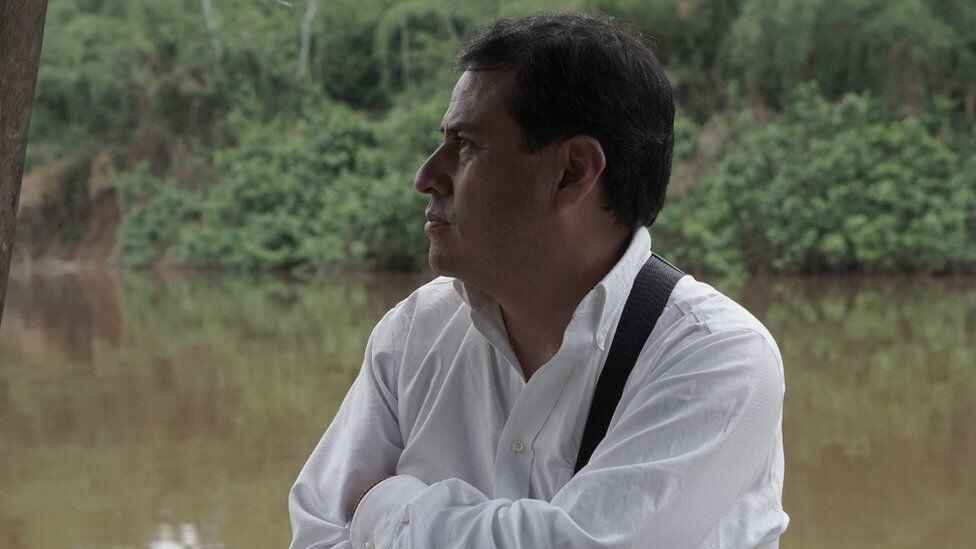
Fernando Carvajal, biologist and paiche specialist, guarantees that it is a voracious species.
“During the first years of life, the paiche grows at a rate of 10 kg per year. That means he eats a lot of fish.”
Unlike other predatory fish such as piranha, the paiche has small, not particularly sharp teeth.
But its lack of impressive teeth doesn’t stop it from eating piranhas and many other fish, as well as plants, molluscs and birds, which it consumes like a giant vacuum cleaner.
It also scares away any fish that try to eat its young.
Fernando Carvajal points out that there is no solid data on the impact of paiche, but that, anecdotally, fishermen report that the populations of some native species are in decline.
“In a decade or two, paiche will spread to all potential areas where this species can live“, warns Carvajal.
“We know that throughout the world the majority of invasive species are harmful to nature. These species are considered the second most important cause of biodiversity loss after habitat destruction.”
Although, For local fishermen, the arrival of paiche has been an opportunity.
Although they were afraid at first, the fishermen soon realized its potential, says Guillermo Otta Parum.
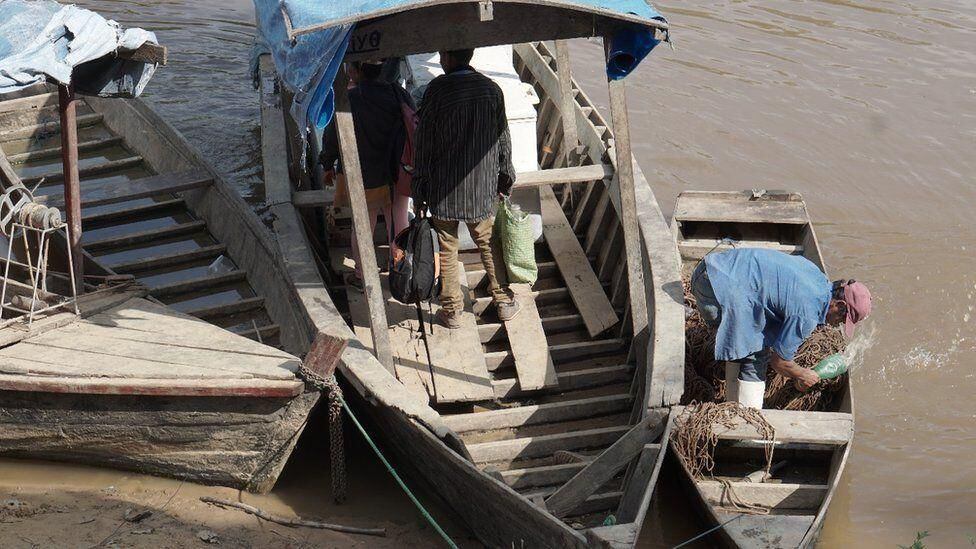
“When I brought the first fish, I gave small pieces to customers to try.”
Some fishermen even said that it was a type of catfish to overcome people’s resistance to eating such a large fish.
Paiche is now consumed throughout Bolivia.
Edson Suzano runs a paiche processing factory in Riberalta, a city in northeastern Bolivia, close to the border with Brazil.
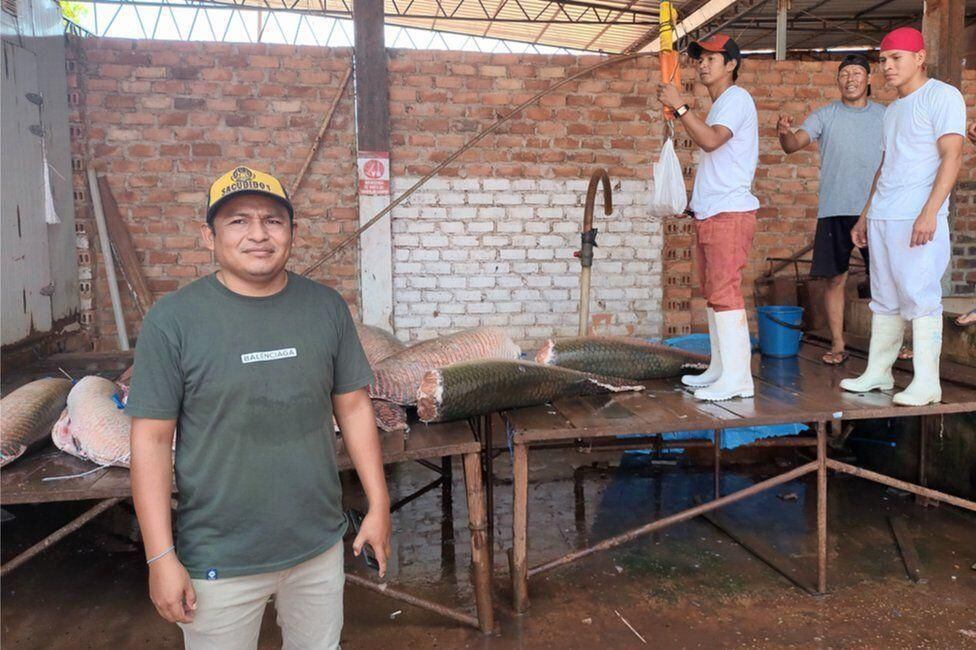
“We sell everywhere: supermarkets, markets. They are different cuts, so it’s relatively cheap. We buy and process around 30 thousand kg per month”, he says.
The challenge for fishermen is to try to find paiche in the enormous expanse of the Amazon.
The fish has an organ similar to a lung and needs to regularly rise to the surface to breathe, which is why it prefers calmer waters. It generally lives in lakes and ponds, but migrates when it feels in danger..
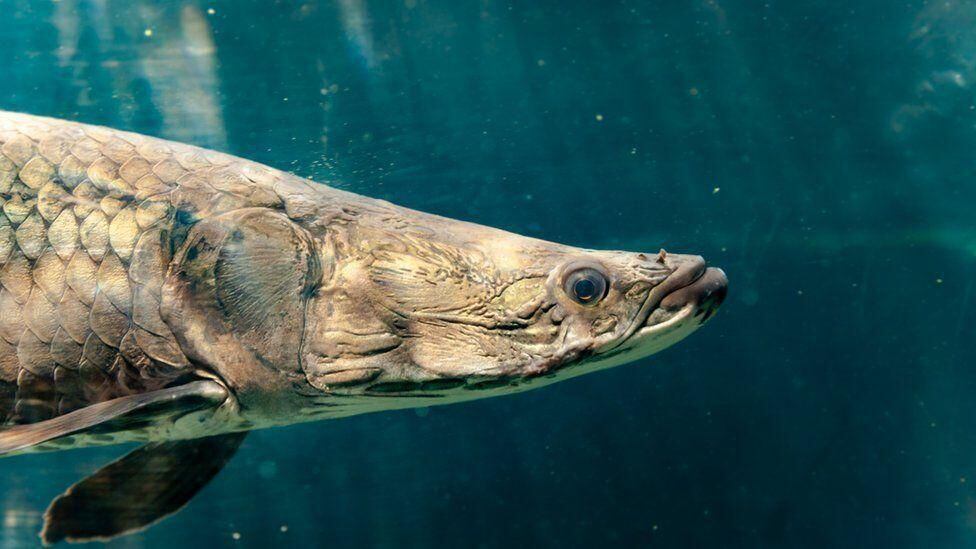
Most of the fish that Edson Silvano processed arrived by boat.
Now fishermen travel to increasingly remote areas to fish for paiche and must travel by boat to canoe, on trips lasting up to two weeks.
This is creating conflicts with indigenous communitieswhich received the title of many of the remote lagoons where the paiche is located today.
The indigenous communities themselves began to fish and sell paiche.
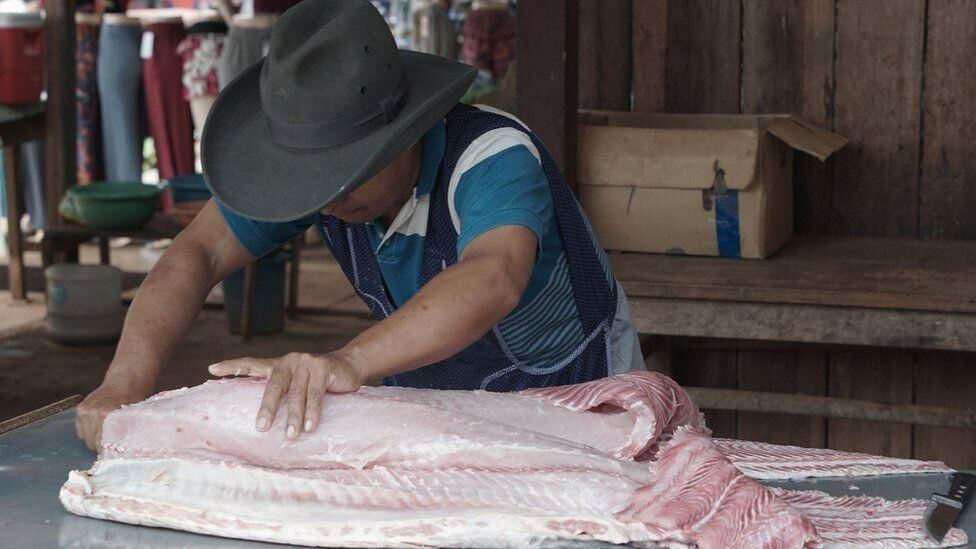
Commercial fishermen now have to obtain special permits to work in these areas. But fishermen like Guillermo Otta Parum point out that even when they have the correct documentation, they are often not allowed to work in remote lagoons.
Indigenous communities, in turn, argue that they are merely trying to protect resources that the Bolivian government has recognized it has the right to control.
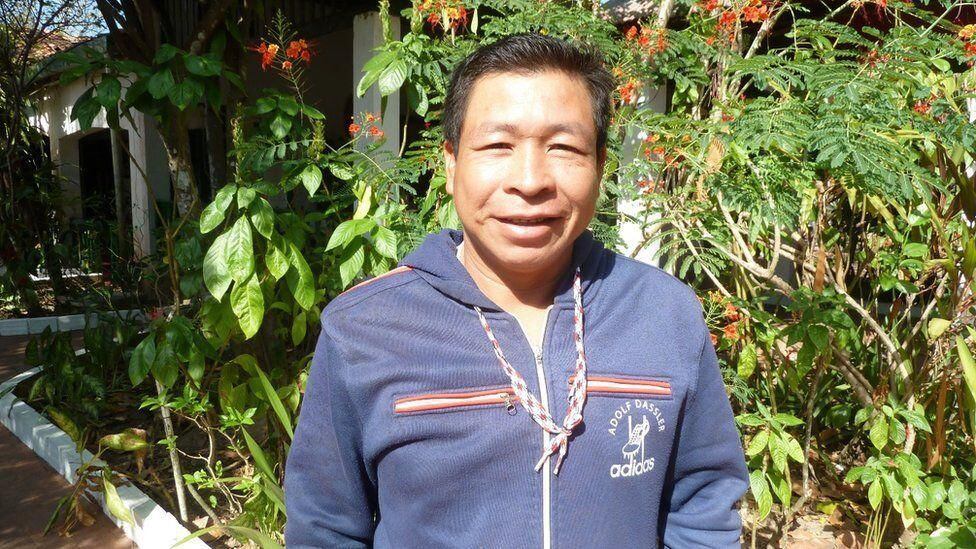
Juan Carlos Ortiz Chávez belongs to the Alto Ivón Tco Chácobo indigenous community.
Ortiz Chávez reports that in the past indigenous people were afraid of commercial fishermen.
“But this new generation of young people is different, because we have established our rules so that people can no longer come and take anything from us”, he explains.
Scientists like Federico Moreno hope that fishing, by whatever means, will keep paiche populations in check.
“You have to keep hunting, fishing all the time. This could maintain a balance between the different species.”
Source: Elcomercio
I am Jack Morton and I work in 24 News Recorder. I mostly cover world news and I have also authored 24 news recorder. I find this work highly interesting and it allows me to keep up with current events happening around the world.

:quality(75)/cloudfront-us-east-1.images.arcpublishing.com/elcomercio/MSSEKXAUVZAJBM6YSYG6UXYSLY.jpg)

:quality(75)/cloudfront-us-east-1.images.arcpublishing.com/elcomercio/V5E75TNLDJCY3LY5ZAJXJDUIUY.jpg)
:quality(75)/cloudfront-us-east-1.images.arcpublishing.com/elcomercio/DEI6WKKKSRDB3E2GHYLSIN2VYE.jpg)


